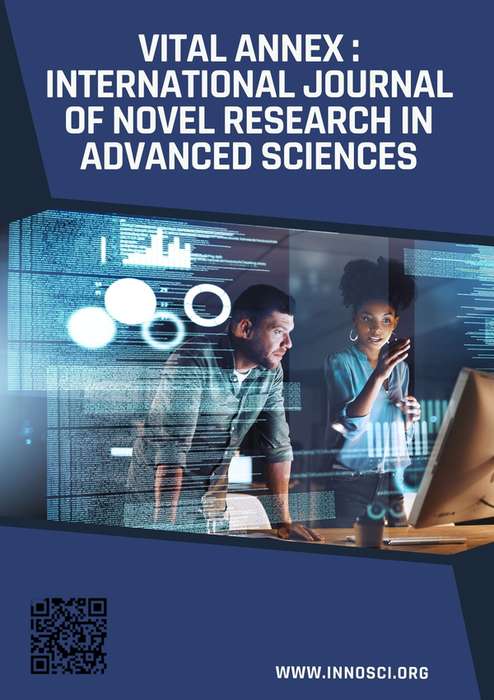Specific Characteristics of the Development of the Intelligence of Female Students on it Technologies
Keywords:
IT technologies, female students, intellect, higher education, pedagogical methodAbstract
Pedagogical conditions, innovative methods and mechanisms in higher education institutions for developing the intelligence of female students in IT technologies are highlighted in the article. Also, the rational policy implemented in our country specifically for female students has been analyzed. The interest of girls in the field of IT is increasing year by year. As an example, it can be said that the percentage of girls was 3 percent at Inha University, which was opened in Tashkent 6 years ago. Now this number has increased 9 times. 5-6 years ago, if we talk about IT technologies, there was a stereotype among girls and parents that this field is for men. Today, these views have changed. Our girls are learning IT with burning eyes. By now, the participation of women in the IT sector has reached 30 percent. In particular, 30% of the students of Inha, Amity, and Tashkent universities of information technologies specializing in IT are girls. This is a great achievement for the development of the country. When we analyze the reason, girls have a stronger creative approach compared to boys. They can create more perfectly.
The information function is implemented through the Internet, as a source of information, the capabilities of the university's local or corporate network, as a means of searching, collecting and transmitting it. Information technology gives can provide all types of information that are directly related to specific subjects being studied: visual, audio, video information.




